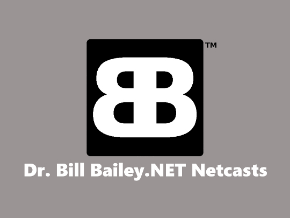Dish is Shutting down the Slingbox
 I bought a Slingbox way back in the day. Alas, it is no more. (Of course, I threw mine away many years ago, so oh well!)
I bought a Slingbox way back in the day. Alas, it is no more. (Of course, I threw mine away many years ago, so oh well!)
SlashDot – “Dish Network announced that it will permanently shut down all of Sling Media’s Slingbox services and end support for the devices in two years, at which point they’ll no longer work. Variety reports:
On Monday, Dish’s Sling Media unit announced that Slingbox servers will be permanently taken offline 24 months from Nov. 9, 2020. ‘Until then, most Slingbox models will continue to work normally, but the number of supported devices for viewing will steadily decrease as versions of the SlingPlayer apps become outdated and/or lose compatibility,’ the company said in a message posted Monday.
In an FAQ about the shutdown, Dish said Slingbox is being discontinued because ‘We’ve had to make room for new innovative products so that we can continue to serve our customers in the best way possible.’ Sling will not be releasing any new products; most authorized resellers have been out of stock of the Slingbox devices ‘for a couple years,’ according to the company. Sling Media was acquired by EchoStar in 2007 for $380 million, which at the time was Dish’s parent company. Years before Netflix became a streaming powerhouse, the Slingbox ‘place-shifting’ devices let customers watch pay-TV channels over the internet. But the products never became a mainstream category in the way streaming-media players like Roku and Amazon’s Fire TV have.”

 The new Google Chromecast for 2020 has some great new features:
The new Google Chromecast for 2020 has some great new features: I have long used (and, actually, still use) FTP as a means to update websites as a webmaster, but the day of FTP may soon be behind us!
I have long used (and, actually, still use) FTP as a means to update websites as a webmaster, but the day of FTP may soon be behind us!
 Our Roku has been “down” for some time, but good news! It is back! So, if you have a Roku device, you can now go there and subscribe for free to watch our programs on your TV!
Our Roku has been “down” for some time, but good news! It is back! So, if you have a Roku device, you can now go there and subscribe for free to watch our programs on your TV! Back in April (the 23rd, in fact) Ubuntu released version 20.04 LTS. And, I have finished updating all my Ubuntu Linux servers (I have three) to the latest version. So, I have five years of “Long Term Support” (that’s what LTS stands for) ahead of me. I upgraded one from version 18, and two from version 19 to the latest version. It was pretty simple and easy. No hiccups! So, what’s new, you ask? Well some of this does not apply to me, because I am running the non-GUI server version, but here are just some of the highlights:
Back in April (the 23rd, in fact) Ubuntu released version 20.04 LTS. And, I have finished updating all my Ubuntu Linux servers (I have three) to the latest version. So, I have five years of “Long Term Support” (that’s what LTS stands for) ahead of me. I upgraded one from version 18, and two from version 19 to the latest version. It was pretty simple and easy. No hiccups! So, what’s new, you ask? Well some of this does not apply to me, because I am running the non-GUI server version, but here are just some of the highlights: